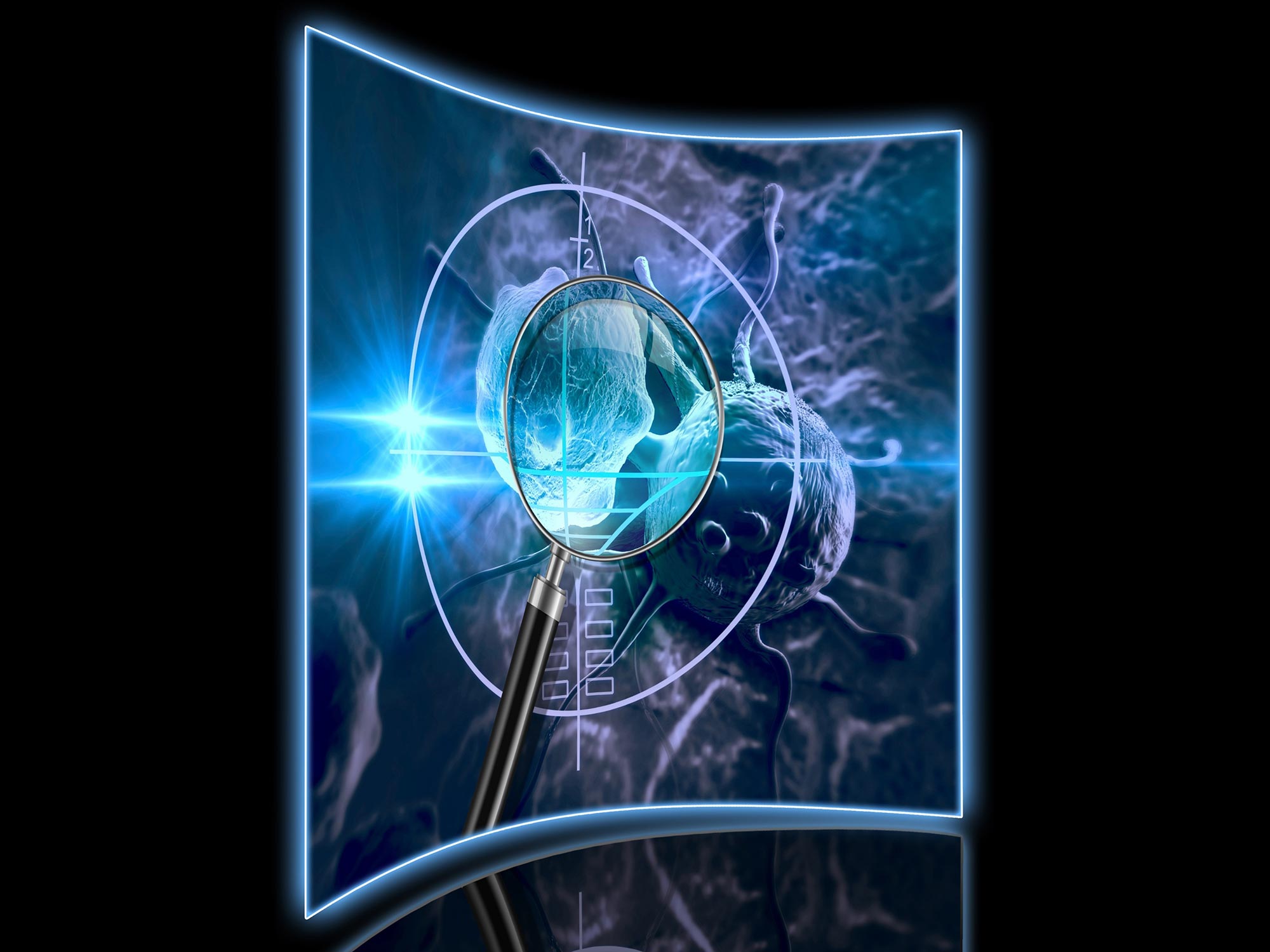

Scientists discovered that a fourth of the progenitor cells in the testis are “murdered” by phagocytes, despite the fact that these cells are not doing anything “wrong.”
University of Haifa research has identified killer cells.
A process that involves the “murder” of living, newly-generated cells has been discovered for the first time in recent research conducted at the University of Haifa. The research, which was described in the esteemed journal Science Advances, discovered that throughout the cellular differentiation process in fruit flies, phagocytic cells consume and destroy healthy living cells.
“We found that phagocytes can function as ‘murderers.’ It is well-known that phagocytic cells swallow and dissolve dead cells, but we show for the first time that they also kill newly-created normal cells. Essentially we have characterized a new mechanism of cell death. The more we know the mechanisms of cell death, the better we understand how to cope with various diseases, particularly cancer”, explained Professor Hilla Toledano, head of the Department of Human Biology at the University of Haifa and author of the study.
The origin of several bodily tissues, including skin, hair, stomach, and testicles, may be traced back to stem cells. By continuously supplying new cells to replace the old ones, these powerful stem cells enable tissue replenishment. Each stem cell in this process splits into two cells, one of which is retained for use in the future and the other of which develops to take the place of the lost cell in the tissue.
In the current investigation, Professor Toledano, Professor Estee Kurant, and a group of scientists from the University of Haifa looked at the sex cells of fruit flies. Since many molecular processes in fruit flies and humans are similar, they can be used as an effective model in this situation.
Fruit fly studies are useful due to the capacity to monitor processes in live tissues and the simplicity of genetic alteration, which allows for the exact identification of cellular processes. Six Nobel Prizes have been given throughout the years to scientists who discovered biological mechanisms in fruit flies that are conserved in humans.
As previously mentioned, the division of a stem cell into two cells—a stem cell and a cell known as a progenitor—begins the differentiation process of sperms in male fruit flies. This process continues until functional sperms are formed. The researchers already knew that one-fourth of these progenitor cells perish and do not develop into sperms from past studies. The purpose of the present study was to better understand what happens to these cells.
The body has a well-established and crucial mechanism called cell death. Under normal circumstances, cells have the ability to “commit suicide” when a severe mutation has occurred or after they have served their purpose. Phagocytes come to “eat” dying cells, effectively taking their contents away and dissolving them. It is known that phagocytes sometimes “eat” immune system cells that have finished their job of defending the body against intruders.
In the current study, the researchers found that the phagocytes “murder” a quarter of the progenitor cells in the testis although these cells are doing nothing “wrong” and are simply in the process of differentiation; they are still new cells and they are not abnormal in all respect.
In the first stage, the researchers prevented the eating abilities of the phagocytes and found no dead cells in the tissue. In other words, the phagocytes are responsible for the death of the progenitor cells.
In the second stage, the researchers used real-time imaging to monitor live tissue and discovered that the progenitor cells are swallowed alive by the phagocyte, and only then the death process is initiated. “We found for the first time a process entailing the ‘murder’ of completely normal cells. We still do not know why this happens. Perhaps this process aims to supply nutrients to maintain a functional population of stem cells throughout the lifetime of the organism” Professor Toledano suggested.
In addition to the understanding of a new mechanism, this study can contribute to our abilities to develop drugs and means to control cell death, and particularly, of course, for treating cancer. “Tumors are characterized by constant growth and the disruption of the process of natural cell death. If we manage to introduce phagocytes in this process that are capable of eliminating the live cancer cells, we will be able to control the growth of the tumor. The more we learn about mechanisms of cell death, the better we can harness these processes to get rid of cancerous cells,” Professor Toledano concluded.
Reference: “The phagocytic cyst cells in Drosophila testis eliminate germ cell progenitors via phagoptosis” by Maayan Zohar-Fux, Aya Ben-Hamo-Arad, Tal Arad, Marina Volin, Boris Shklyar, Ketty Hakim-Mishnaevski, Lilach Porat-Kuperstein, Estee Kurant and Hila Toledano, 17 June 2022, Science Advances.
DOI: 10.1126/sciadv.abm4937